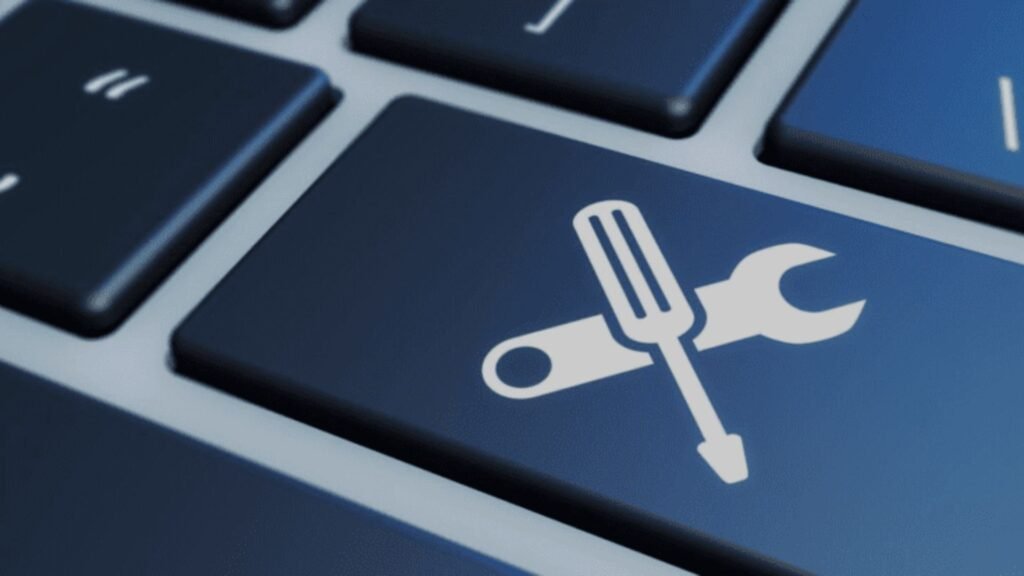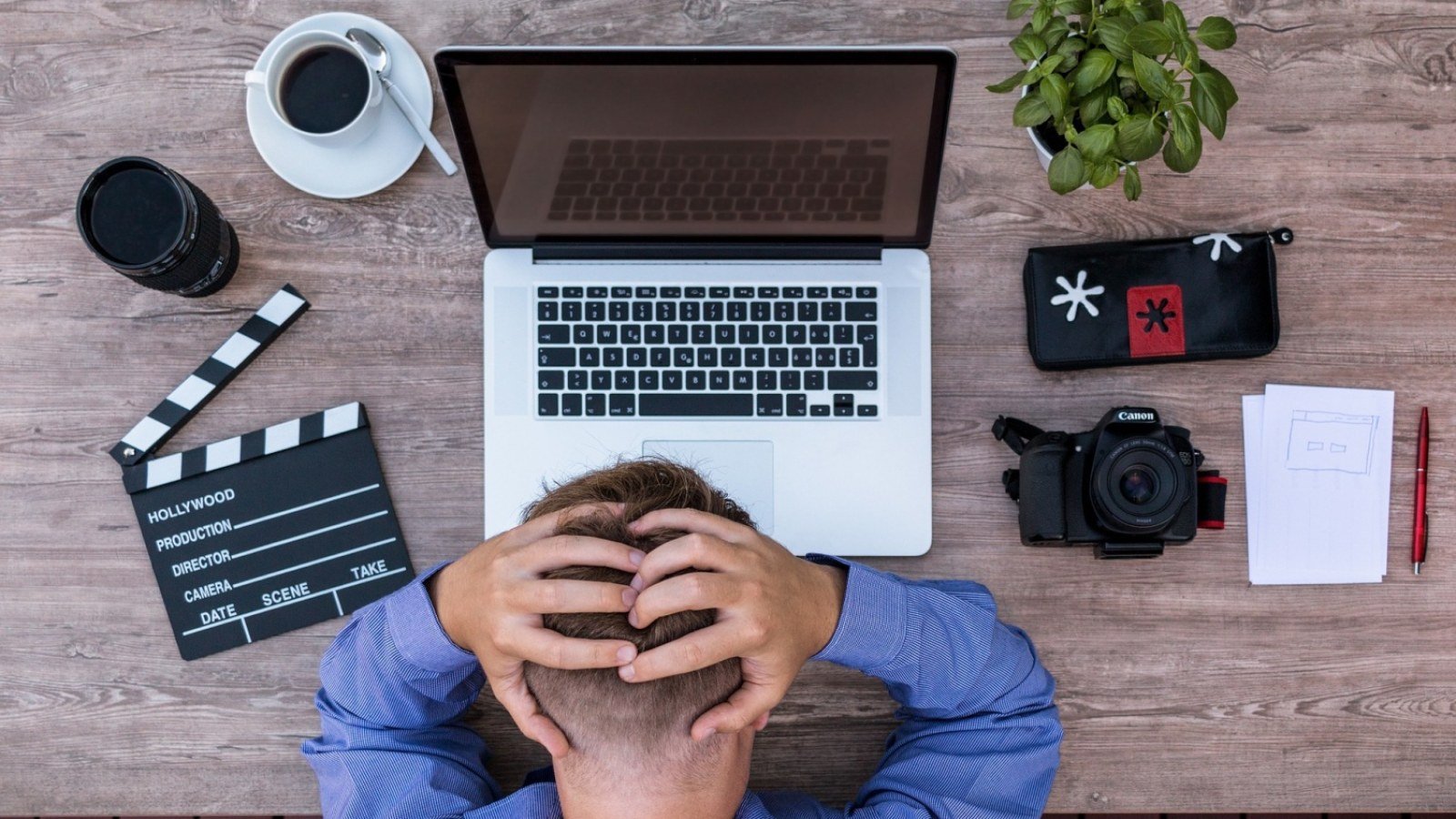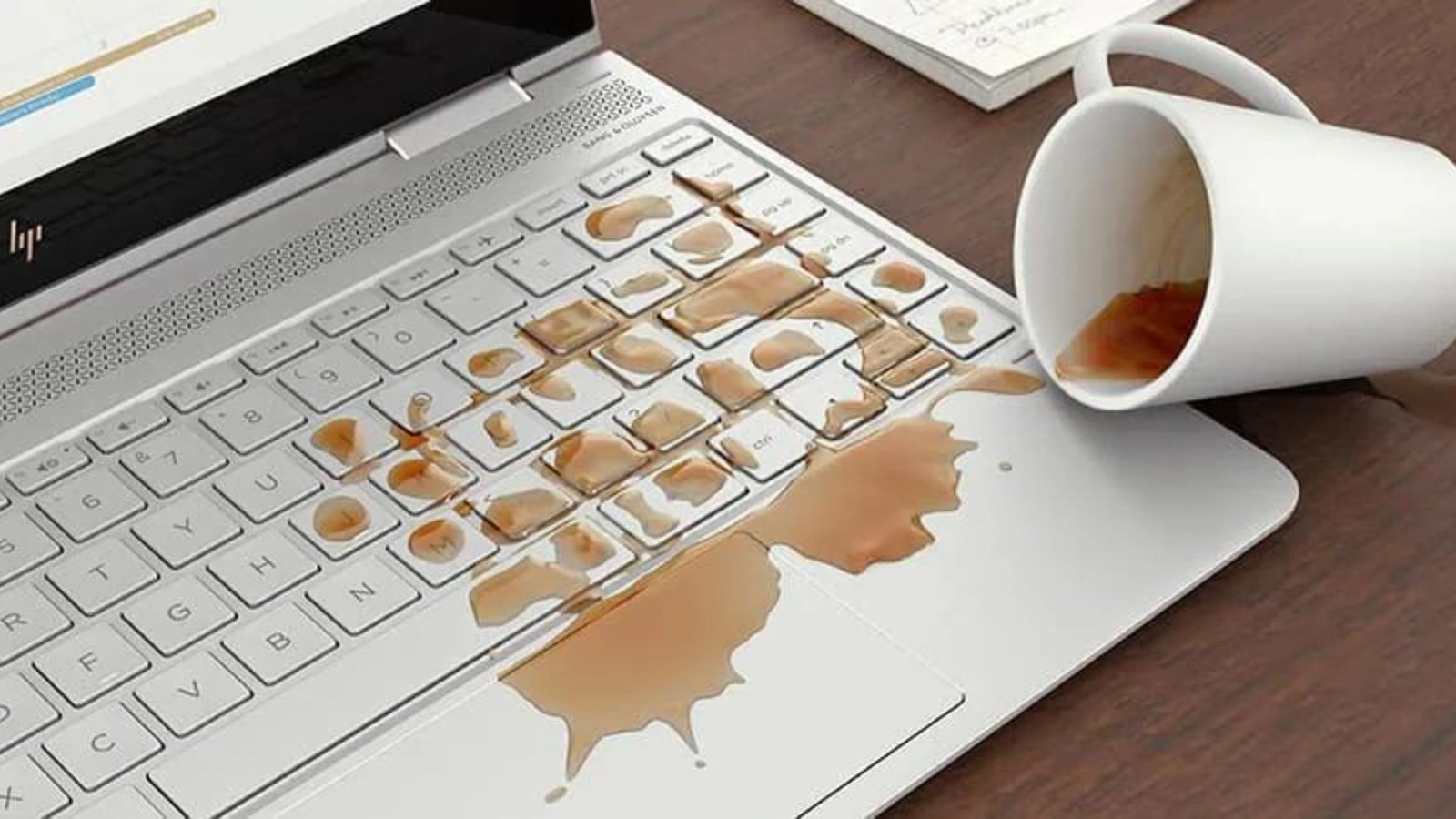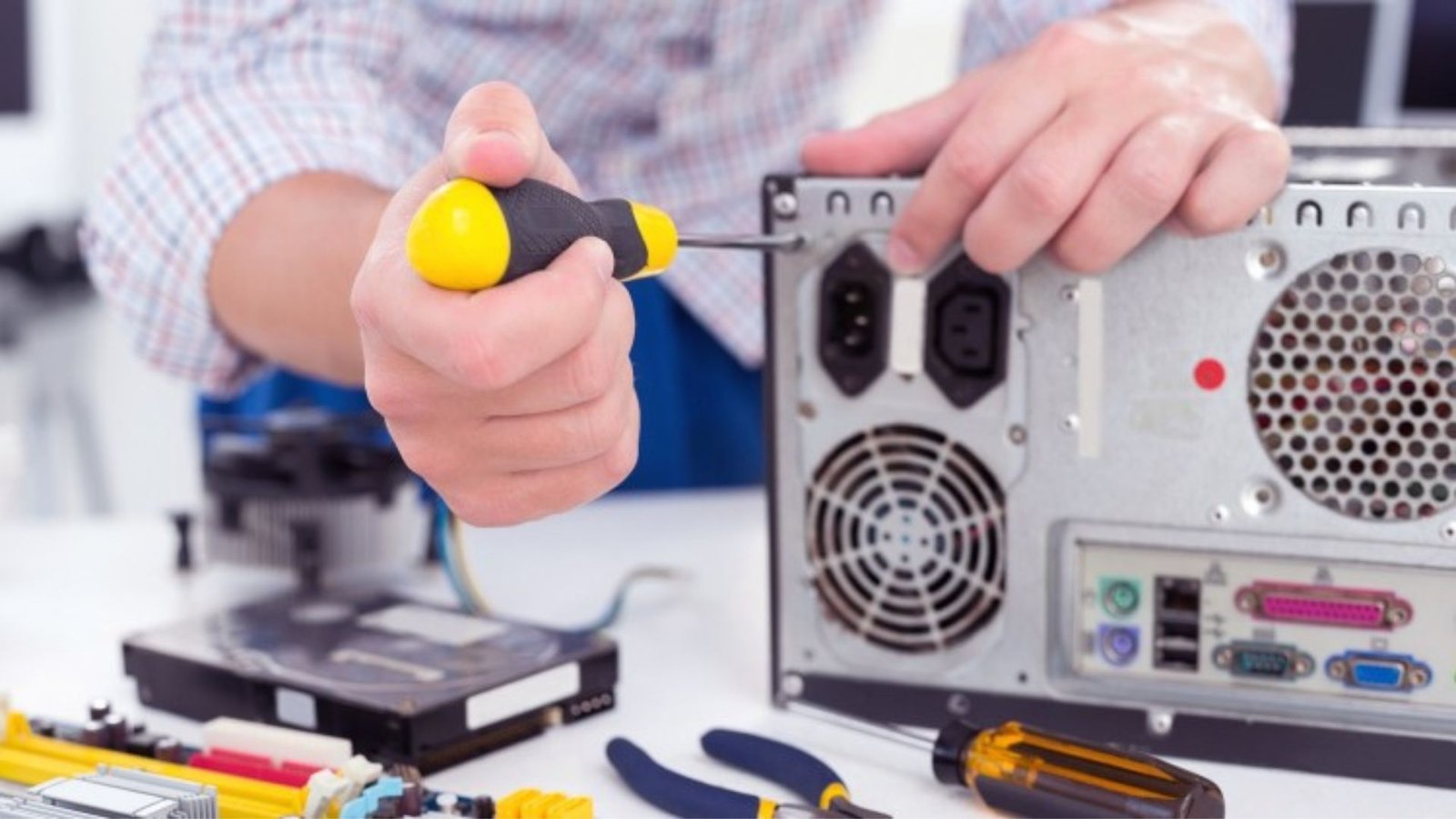Dealing with personal computer issues can be frustrating. How to troubleshoot common personal computer issues involves identifying and fixing problems to get your PC back to normal. This guide covers some frequent issues and simple solutions you can try.

1. Slow Performance
Check for Malware
- What to Do: Run a full system scan using your antivirus software.
- Why It Helps: Malware can significantly slow down your PC by using up resources.
Clear Temporary Files
- What to Do: Use built-in tools like Disk Cleanup (Windows) or CleanMyMac (Mac) to remove unnecessary files.
- Why It Helps: Temporary files and system junk can slow down your computer.
Upgrade RAM
- What to Do: If your PC is slow during multitasking, consider upgrading your RAM.
- Why It Helps: More RAM allows your PC to handle multiple applications smoothly.
2. Frequent Crashing
Check for Software Updates
- What to Do: Ensure your operating system and software are up-to-date.
- Why It Helps: Updates often fix bugs and improve system stability.
Test Hardware Components
- What to Do: Run hardware diagnostic tools to check for issues with your hard drive, memory, or CPU.
- Why It Helps: Faulty hardware can cause system crashes.
Uninstall Recently Installed Software
- What to Do: Remove any recently added software that might be causing conflicts.
- Why It Helps: New programs can sometimes interfere with system stability.
3. Internet Connection Problems
Restart Your Router
- What to Do: Unplug your router, wait 30 seconds, and plug it back in.
- Why It Helps: Restarting the router can resolve temporary connectivity issues.
Check Network Settings
- What to Do: Verify that your network settings are correct and that you are connected to the right Wi-Fi network.
- Why It Helps: Incorrect settings can prevent your PC from connecting to the internet.
Update Network Drivers
- What to Do: Go to Device Manager (Windows) or System Preferences (Mac) and update your network drivers.
- Why It Helps: Outdated drivers can cause connectivity problems.
4. Overheating
Clean the Vents
- What to Do: Use a can of compressed air to remove dust from the PC’s vents and fans.
- Why It Helps: Dust buildup can block airflow, causing overheating.
Check for Adequate Ventilation
- What to Do: Ensure your PC is placed in a well-ventilated area and that fans are not obstructed.
- Why It Helps: Proper ventilation helps maintain optimal operating temperatures.
Apply New Thermal Paste
- What to Do: If you’re comfortable, consider reapplying thermal paste to the CPU.
- Why It Helps: Fresh thermal paste improves heat transfer between the CPU and its cooler.
5. Software Installation Issues
Check System Requirements
- What to Do: Ensure your PC meets the minimum requirements for the software you’re trying to install.
- Why It Helps: Incompatible hardware can prevent successful installation.
Run as Administrator
- What to Do: Right-click the installer and select “Run as administrator.”
- Why It Helps: Administrative privileges can resolve permission issues during installation.
Disable Antivirus Temporarily
- What to Do: Temporarily disable your antivirus software while installing.
- Why It Helps: Sometimes antivirus programs can interfere with the installation process.
6. Screen Problems
Check Cable Connections
- What to Do: Ensure that all cables connecting your monitor to your PC are secure.
- Why It Helps: Loose or damaged cables can cause display issues.
Adjust Display Settings
- What to Do: Go to your display settings and adjust the resolution or refresh rate.
- Why It Helps: Incorrect settings can lead to screen flickering or resolution problems.
Update Graphics Drivers
- What to Do: Check for updates for your graphics card drivers and install them.
- Why It Helps: Updated drivers can fix display issues and improve performance.
Conclusion
Knowing how to troubleshoot common personal computer issues can save you time and frustration. Whether dealing with slow performance, crashing, or connectivity problems, the steps outlined above offer solutions to many common problems. Start with simple fixes and, if needed, consult a professional for more complex issues. Regular maintenance and awareness of these common problems can help keep your PC running smoothly.











